Night Navigation: Don’t Be Afraid of the Dark
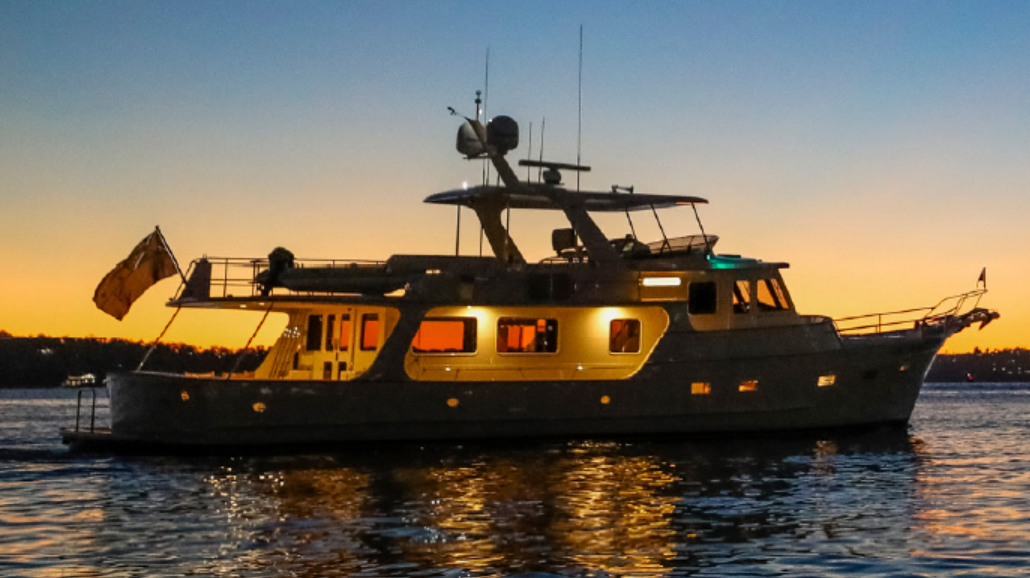
Navigating a boat at night can be daunting for some people, but with the right knowledge, a captain and crew can become confident and safe. We look at the basic systems and technologies needed to stay safe and navigate confidently after the sun goes down. The hardware and systems we cover are standard for any small-to-medium sized boat.
Compass
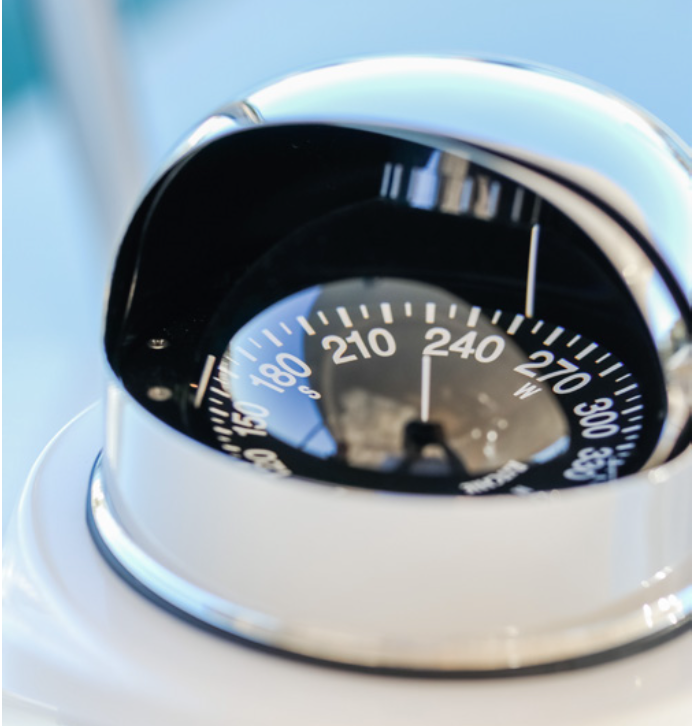
The compass is one of the most important pieces of equipment on any boat. It is not complicated to understand, but it may bounce around a bit in a smaller boat so monitor it as you go. It is a good idea to cross-check it with GPS heading. Remember, there will be some variation and deviation in the compass heading. Deviation is the boat’s magnetic field affecting the compass and variation is the earth’s magnetic field. Deviation on a small vessel will be hardly noticeable compared to that of a huge 100,000-gross-ton tanker. Variation should be considered when making long voyages in open water, so check your chart’s compass rose and correct the magnetic bearing to find your true heading.
GPS
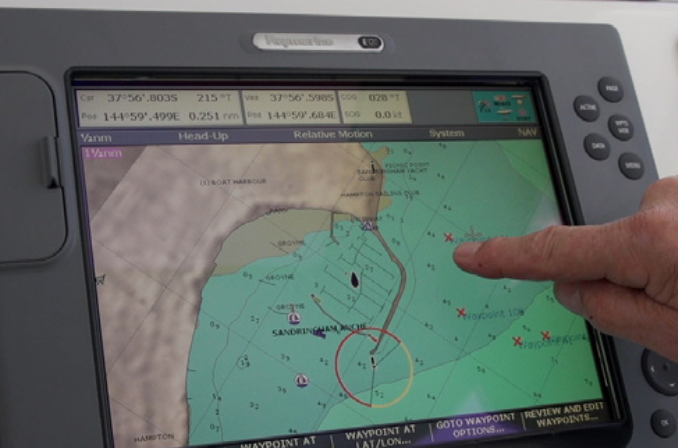
The accuracy of the Global Positioning System (GPS) has come a long way since it was first introduced into the recreational market. These days its pinpoint accuracy is reliable and precise. GPS will give you a position you can use to establish your heading to your next waypoint. Remember to take regular GPS fixes during your voyage. It is important to maintain a log while underway because this can help identify any discrepancy or any obvious deviation from your track and heading.
Depth Sounder
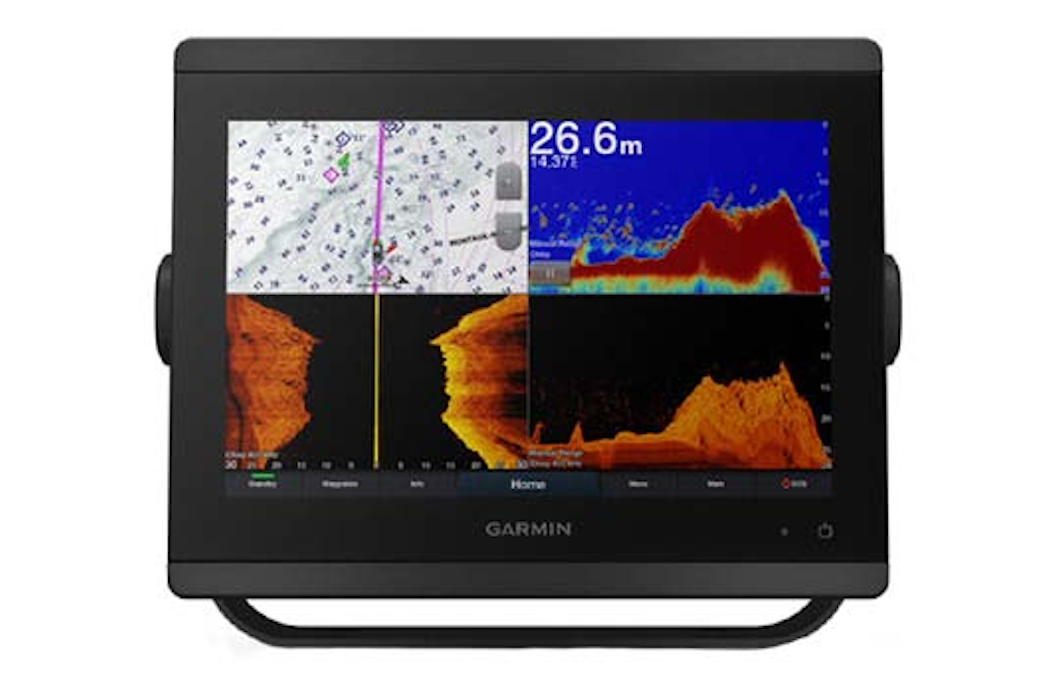
Using your depth sounder to follow known depth is a great way to cross-check your position. Check the depth on the plotter and crosscheck it with the chart. This is an excellent way to double-check different instruments and keep yourself on track.
Radar
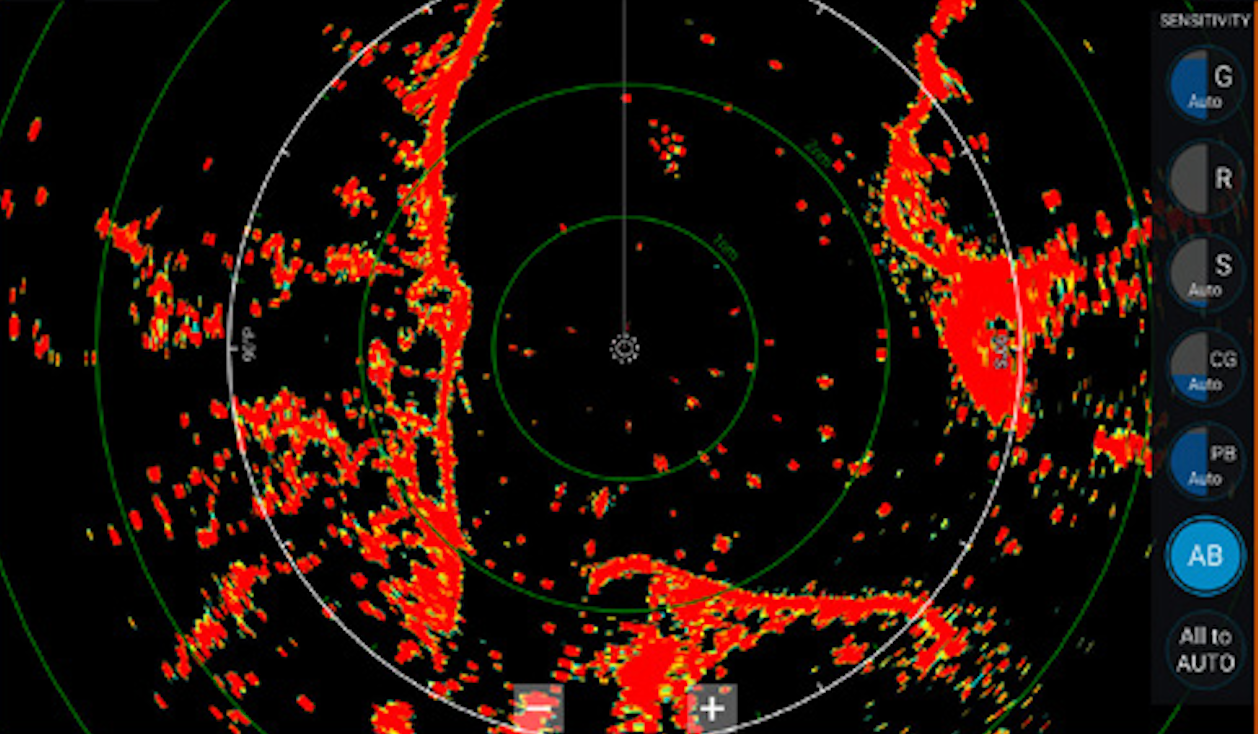
Radar is one of the most important pieces of navigational equipment. It’s versatile and can be used for collision avoidance, identifying objects, targets and landfall. If set up correctly, radar will help reduce the risk of collision in clear and restricted visibility. We don’t have the space to take a deep dive on radar here, but here are a couple of tips.
Set your radar range rings at 1 to 2 nautical miles because this will help provide a reference to the distance of upcoming targets or landfall. Using a VRM (Variable Range Marker) to monitor your distance off a coastline continuously is a good way to make sure you pass along the coast at a safe distance like a nautical mile offshore.
Target trails can be convenient when tuned correctly so you’ll be able to see if a target is on the move. Trails can either be relative or true. Relative trails show relative movement between your vessel and a target. They also record your vessel’s course and speed and that of the targets and provide an early indication if a close quarter situation is developing or risk of collision exists. True trail will show true target movements depending on their course and speed over ground.
Night Vision
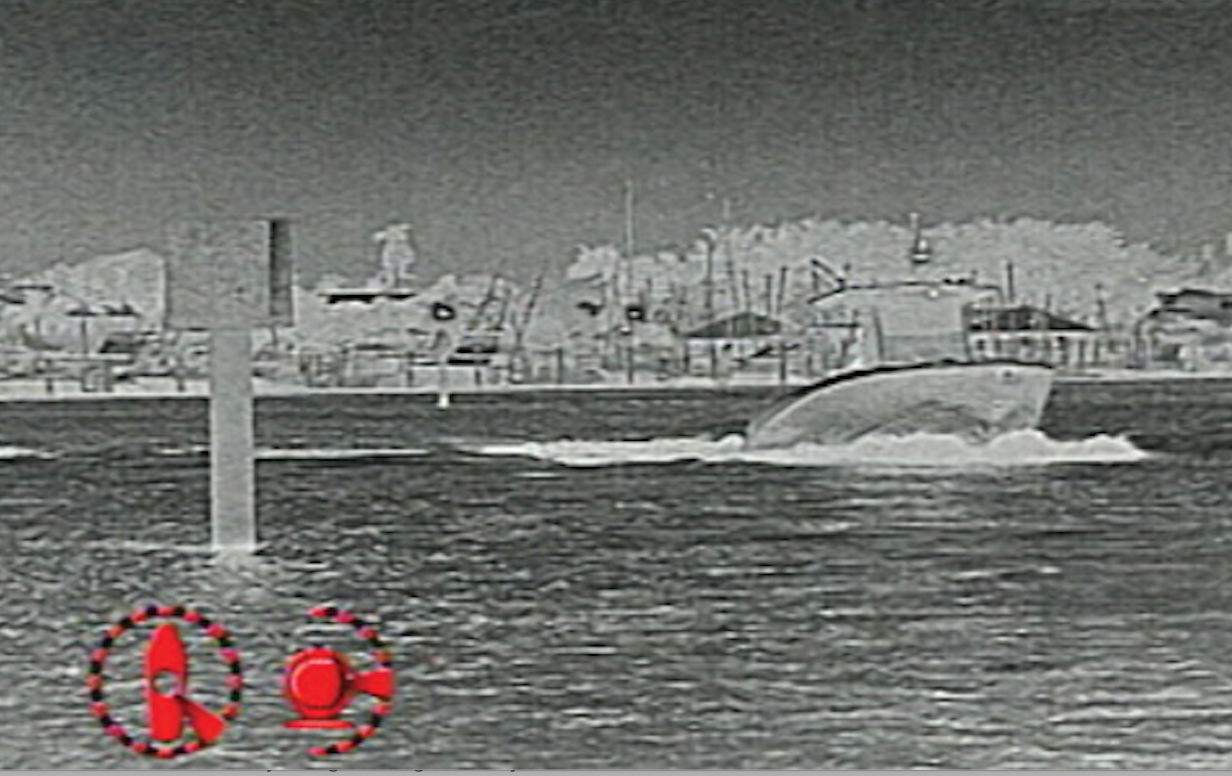
It can take 30 to 45 minutes for your eyes to adjust to the dark, so consider this when navigating at night. Reduce any lights in the boat and dim your equipment where possible to maintain the night vision. A popular option for night vision are thermal imaging cameras such as FLIR that look like a regular video camera, but are far from it. They detect only infrared energy so the lens of a thermal imaging camera cannot be mounted inside behind a glass windscreen. Thermal cameras detect the temperature by recognizing and capturing different levels of infrared light. This light is invisible to the naked eye, but can be felt as heat if the intensity is high enough. All objects emit some kind of infrared radiation and it’s one of the ways that heat is transferred.
Safe Route

During the day when visibility is clear, it’s much easier to establish your position concerning land, rocks, reefs, but at night you don’t have this advantage. When plotting your route, give yourself a safety margin with your distances to avoid any high and dry moments. Take the long way if you need to.
Lookout
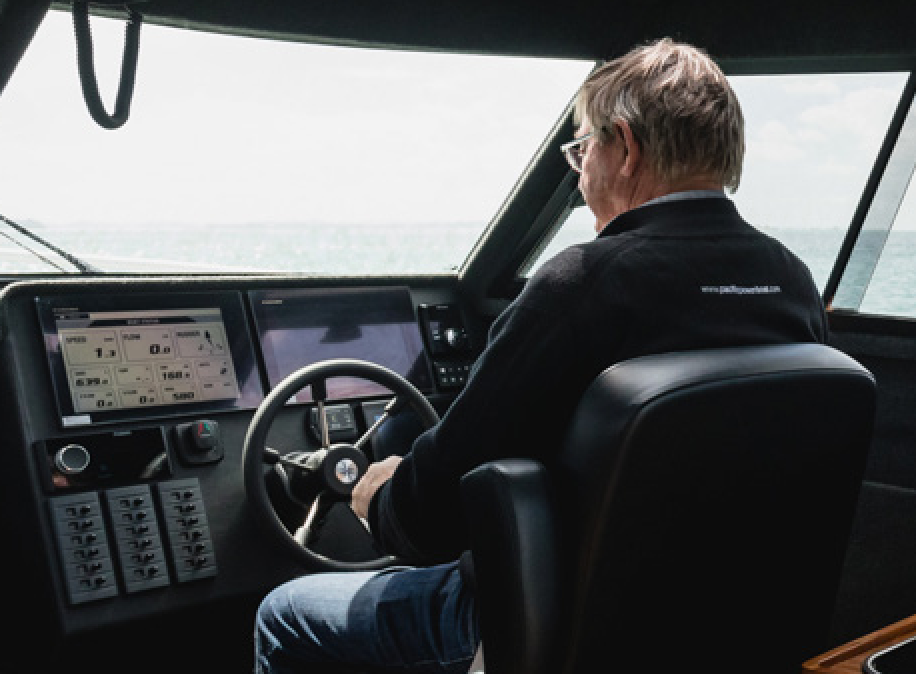
Keeping a good watch is essential to safe navigation. Every vessel should maintain a proper lookout at all times from day through night, rain, hail or shine. Safety of your family, friends and crew is your responsibility.
Safe Speed
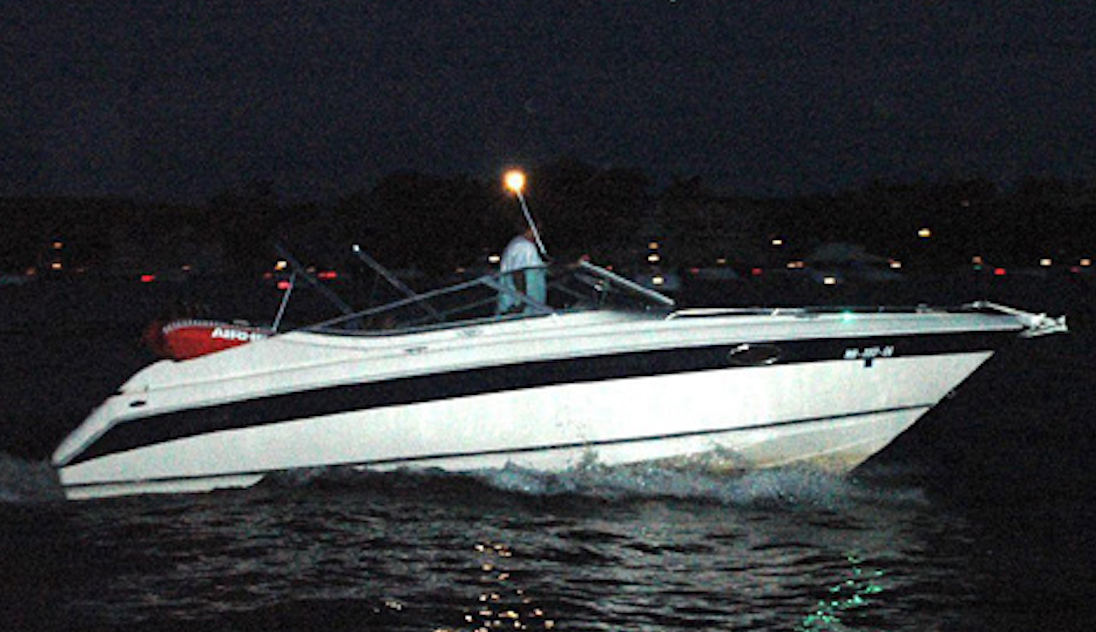
You should always cruise at a safe speed and this is especially true at night. It’s fun to put the throttles down, we all love to do it, but there are times when your speed should be considered. From navigating close to the coast or through areas of thick traffic, density at night is one of those times your speed should be considered. Rule of thumb if you think you’re going to fast you probably are, so pull it back. Your stopping distance is a result of your speed. The faster you go, the longer it’s going to take you to stop. A good reason to travel at a safe speed at night.
Lights and Sounds

Your eyes and ears are your best friend at night having the ability to distinguish between navigational light and backscatter (Lights from the land). It is essential to navigating in the dark, but do not worry, you are not entirely blind. Navigational light on buoys and other vessels will help you distinguish channels, fairways, dangers, lighthouses and other vessels. Learn the lights and their sequences to become a competent and confident skipper. A basic understanding of sound signals is always going to be beneficial, especially when cruising, navigating in busy shipping channels or harbors. They are used in excellent visibility, lousy visibility and at night. Each distinct sound has a meaning and should be used at all times; day or night, good visibility or bad visibility. Probably not so applicable to trailer boats as it is improbable that anyone in is going to blast three short bursts when they put their boat astern at the boat ramp, but large ships in busy areas use the horn religiously.
Equipment
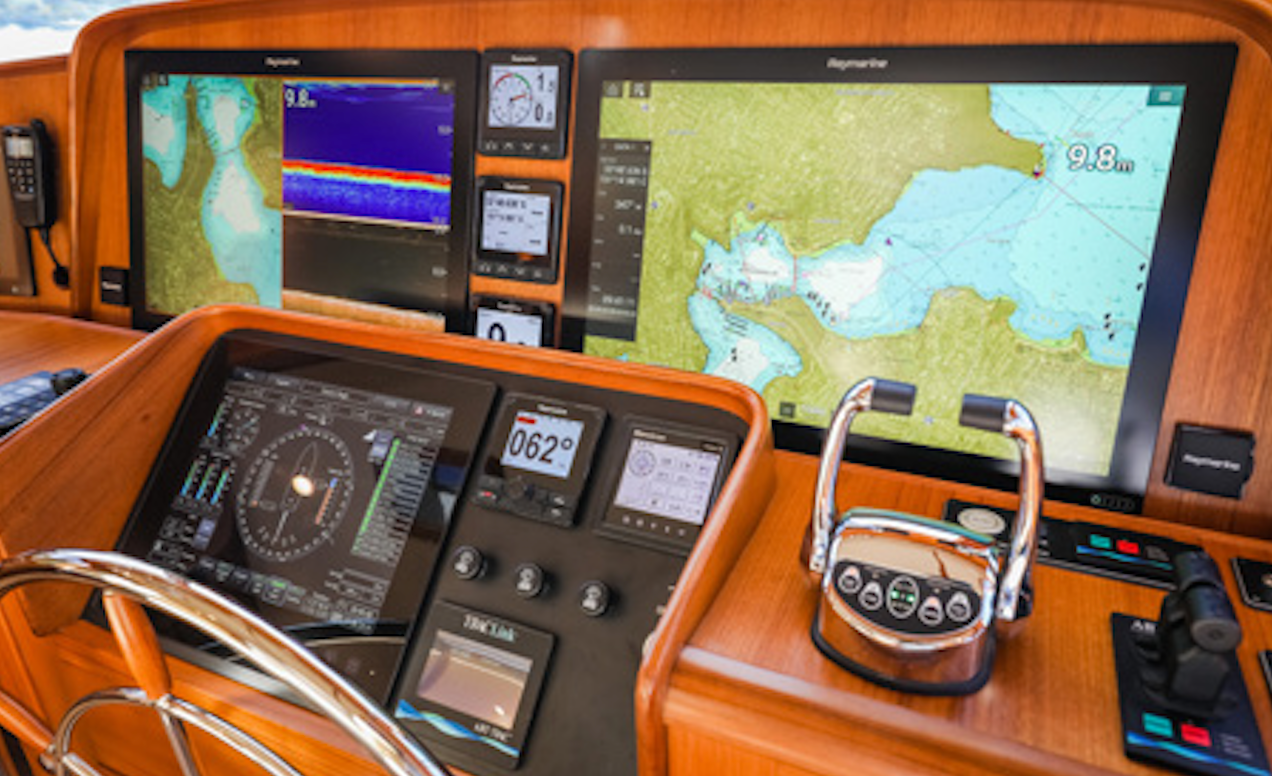
Know your equipment, learn how to use your chart plotter and depth sounder and all the functions. There is no point in having all the electronics and navigation equipment if you have no idea how to use it. A good idea is to spend a few hours going through all the functions and learn how everything works. A good one to know is the dimmer, which is very important at night having your screens turned down so you can keep your night vision.
Article courtesy of Pacific Powerboat magazine